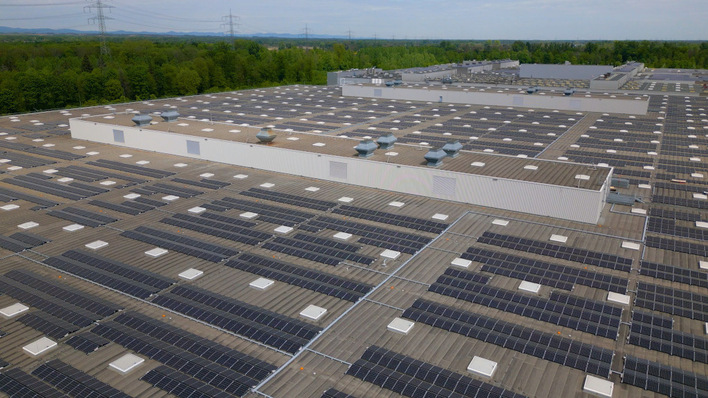California is the largest agricultural producer in the US. In the midst of one of the most devastating droughts on record (2012–2017), the agricultural sector still earned the state 47 billion US dollars and contributed 13 per cent of the country’s total agricultural output in 2015. This ability to maintain crop revenue, along with the overall resilience of the agricultural sector, largely relied on the unsustainable use of groundwater, which, while effectively offsetting the impact of the drought, contributed to severe groundwater depletion.
During the driest part of the drought, the decreased availability of surface water also saw California’s hydropower generation plunge to substantially below its long-term average. This power deficit was offset by electricity generated through the state’s rapidly growing solar and wind fleet, as well as from increased use of natural gas and electricity purchased from out-of-state sources. In 2012, solar and wind electricity generation in fact exceeded hydropower in California due to the declining cost of wind turbines and solar photovoltaic, along with the popularity and stringency of the Renewables Portfolio Standard (RPS), which mandates more than a third of state-wide electricity generation to come from solar and wind energy by 2030. From next year, solar has been made mandatory for newly built homes in California.
Enhancing resilience to hydroclimatic shocks
According to a new study published in Nature Communications, there are under-appreciated benefits of solar and wind energy within the water-food-energy nexus that are still poorly understood, but have implications for optimising trade-offs between energy and food production, as well as for improving resilience to drought and the sustainability of water resources. The study is the first to quantify the added benefits of solar and wind energy in enhancing resilience to hydroclimatic shocks like droughts beyond its traditional role of improving air quality and mitigating greenhouse gas emissions.
“Solar and wind energy in California will enhance drought resilience and benefit groundwater sustainability and will therefore create added value to both energy and food production,” explains the study’s lead author Xiaogang He, an alumnus of the 2017 IIASA Young Scientists Summer Programme (YSSP). He is currently a postdoctoral fellow in Civil and Environmental Engineering at Stanford’s Water in the West programme, and an incoming assistant professor in the department of Civil and Environmental Engineering at the National University of Singapore.
Solar and wind can also enhance drought resilience
The authors explain that previously, the benefits of solar and wind energy were usually assessed in terms of fossil fuel replacement and air pollution reduction. Based on their analysis, they found that increased solar and wind energy penetration can actually also enhance drought resilience and groundwater sustainability by diverting the allocation of surface water from hydropower to irrigation, and thereby reduce groundwater abstraction.
“The study highlights co-benefits between energy provision and the environment in the sense that maintaining groundwater sustainability can partially offset the impact of groundwater regulations – such as the recently passed Sustainable Groundwater Management Act – on agricultural revenue loss,” says study co-author Justin Sheffield, a professor of Hydrology and Remote Sensing at the University of Southampton in the UK.
Mutually benefiting the water-food-energy nexus
According to the researchers, their main aim was to determine how to identify the optimal pathways of managing groundwater and hydropower trade-offs with respect to different water availability conditions under the influence of increased penetration of solar and wind energy in the energy mix. Their results indicate that combining solar and wind energy with hydropower systems may achieve an under-appreciated mutual benefit for the water-food-energy nexus.
In the study, California was used as a case study to develop a trade-off frontier framework to quantify the value to water sustainability of solar and wind energy. The researchers however caution that this modelling framework represents how California as a whole would respond to future increases in the use of renewable energy sources, which means that policy recommendations should be viewed with care if this framework is to be applied at smaller scales. Related to this, the authors say that current economic analysis could be extended to incorporate social welfare by calculating the present value of current and future revenues of groundwater uses. The authors emphasise that the importance of using an integrated modelling framework across disciplines to address the intertwined issues on water, food, and energy, cannot be overemphasised.
Possible implications for California – or other countries
“The undiscovered and under-appreciated social value of solar and wind energy can help develop impact pathways into policy support and lead to positive practical changes for sustainable water and food security. Our work is unique and timely and could have broad interest and implications for California, other states in the US – and even other countries. Our framework is sufficiently flexible that it could be applied to better manage water-food-energy trade-offs in developing regions and facilitate progress towards the UN Sustainable Development Goals (SDGs),” concludes study co-author Peter Burek, a researcher in the IIASA Water Programme. (mfo)







